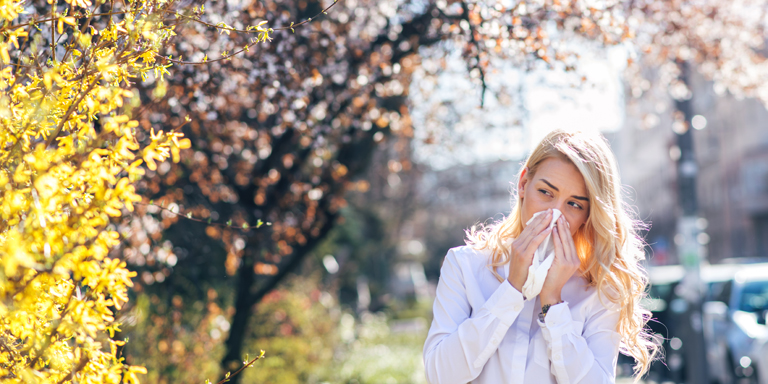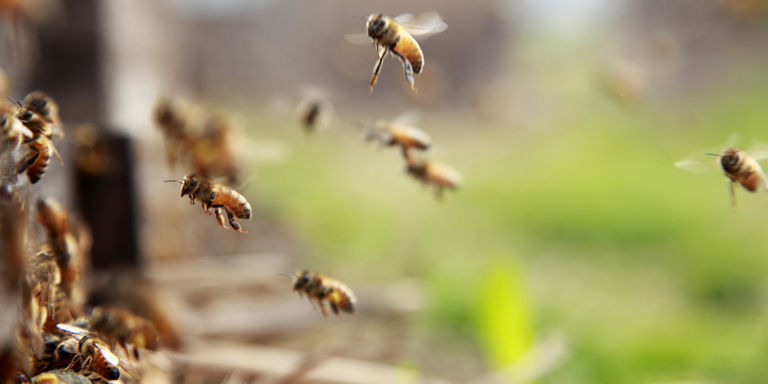Allergen-specific immunotherapy (desensitisation)
Unlike the drugs used in the treatment of allergic symptoms, specific immunotherapy targets the cause of the allergy itself.

Table of contents:
Desensitisation - also specific immunotherapy or hyposensitisation - is still the only causal treatment that results for certain allergies in a complete relief of symptoms. The therapy requires a comprehensive assessment by a professional.
Tackling the root cause
Effective medication can help reduce allergic symptoms. For some allergies, there is a further treatment option available: allergen-specific immunotherapy, also known as desensitisation This treatment, applied for over 100 years and continually improved, allows the cause of the allergy to be treated. In most cases, the symptoms regress markedly or even disappear entirely.
Treatment
Allergen-specific immunotherapy is carried out in cases of allergy symptoms connected with pollen allergy and house dust mite allergy, and possibly in animal allergies and mould allergy. The aim is to allow the body to grow gradually accustomed to the allergen by developing a tolerance to it. In other words, to affect the immune system in such a way that it no longer ‘overreacts’ when it comes into contact with the allergen.
In the case of insect venom allergies to bees and wasps, desensitisation therapy is often life-saving and is therefore strongly recommended.
Allergen-specific immunotherapy is prescribed by an allergy specialist. Treatment can then also be given by a family doctor or paediatrician with experience in this area. There are two methods available: the relevant allergens are either injected under the skin in ascending doses (SCIT – subcutaneous immunotherapy) or placed under the tongue as tablets or drops (SLIT – sublingual immunotherapy).
Desensitisation therapy is successful if the symptoms are greatly reduced or – the best-case scenario – no longer appear at all.
Editors: aha! Swiss Allergy Centre in co-operation with the Scientific Advisory Board.




